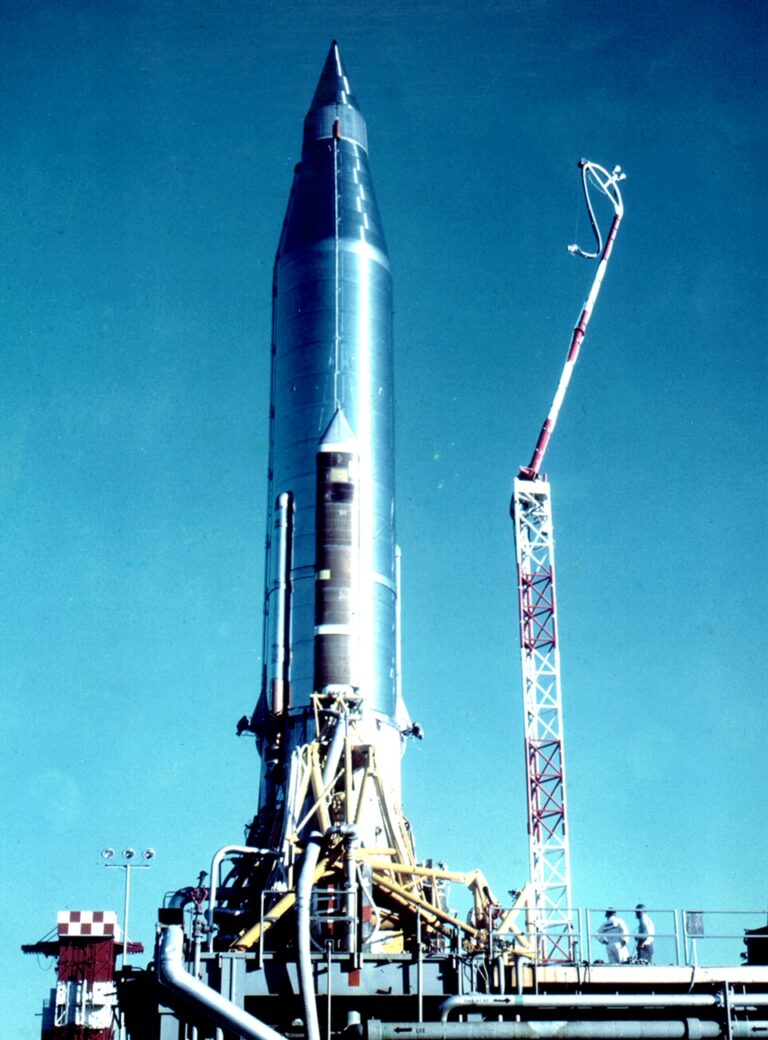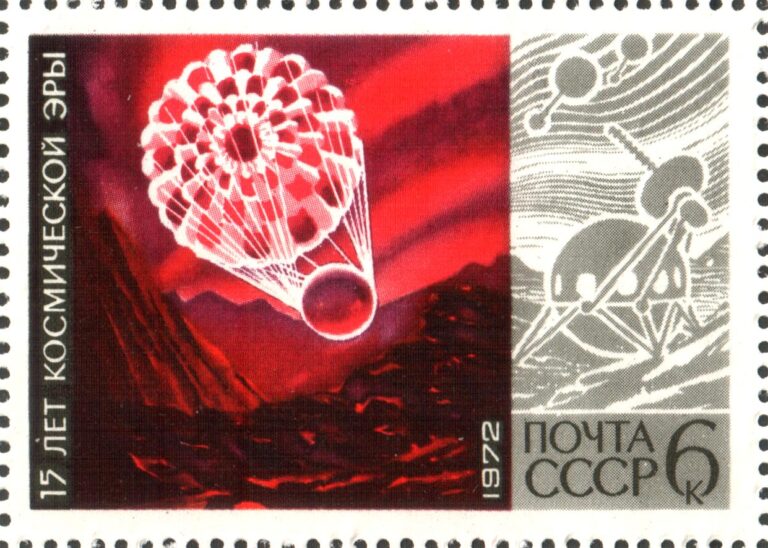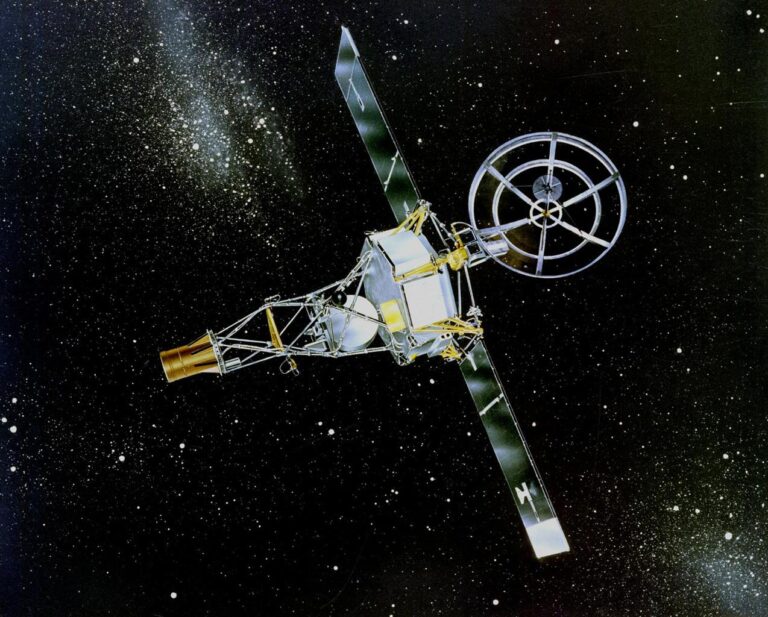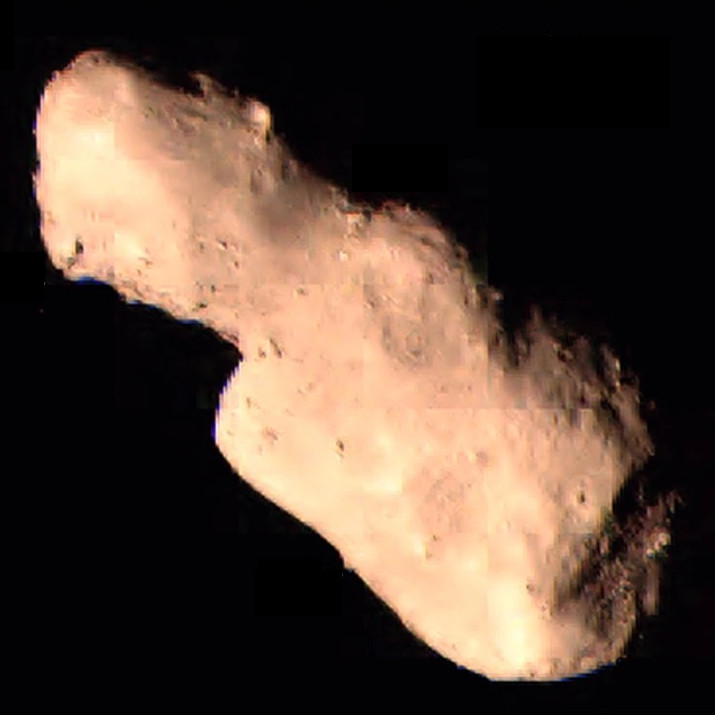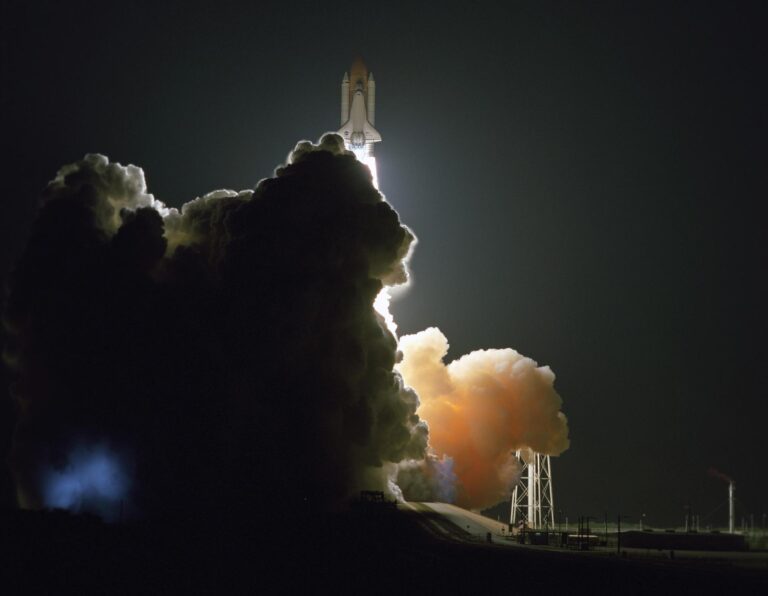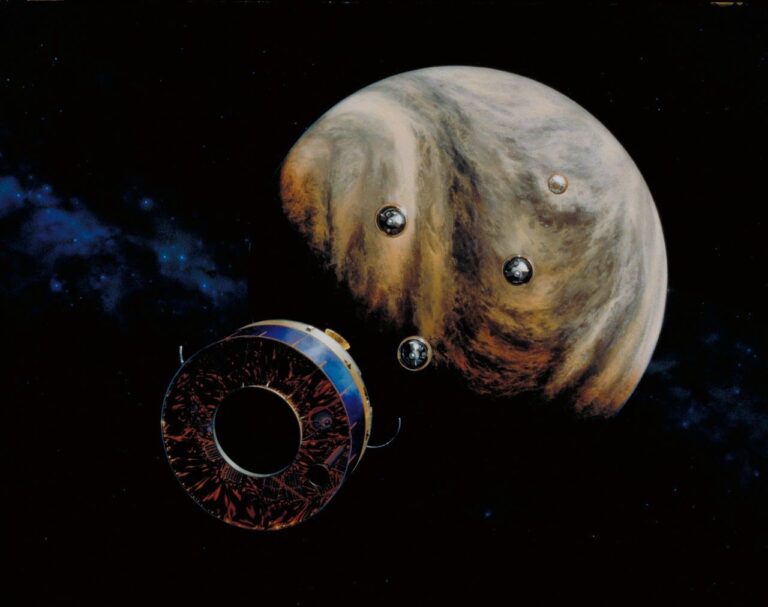Key Takeaways:
Mars rover Spirit, exploring high in the Columbia Hills in Gusev Crater, had its solar panels swept by a dust devil that passed over the spacecraft on March 9, 2005. This was the rover’s 420th sol, or martian day, on the Red Planet. Before the windstorm came by, the panels had accumulated a lot of dust, reducing their ability to power the spacecraft.
“Solar power went from 40 percent reduced to only 7 percent reduced,” says Matt Golombek of the Jet Propulsion Laboratory, a member of the Mars rover science team. “That’s a 50 percent improvement in a single day.”
The very next day, Spirit photographed two dust devils down on the plains of Gusev. These were the first dust devils imaged by either rover after spending more than a year on Mars. Golombek thinks it’s very likely the “cleaning event” on sol 420 was caused by a dust devil — although it could not have been either of the two in the photographs because dust devils collapse by sunset.
The Columbia Hills lie in a region of Gusev is heavily marked with dust devil tracks. The martian windstorms, similar to those occurring in terrestrial deserts, take shape as the air near the ground is warmed by the Sun, starts to rise, and begins to spin. As the whirlwinds corkscrew across the desert, they pick up dust and, on Mars at least, clean off the rocks, leaving a dark track.
If dust devils so far have been scarce around the rovers, that’s likely to change. Says Golombek, “We’re coming into a season when dust devils are more likely to occur.”






